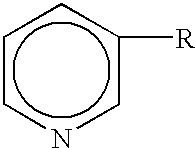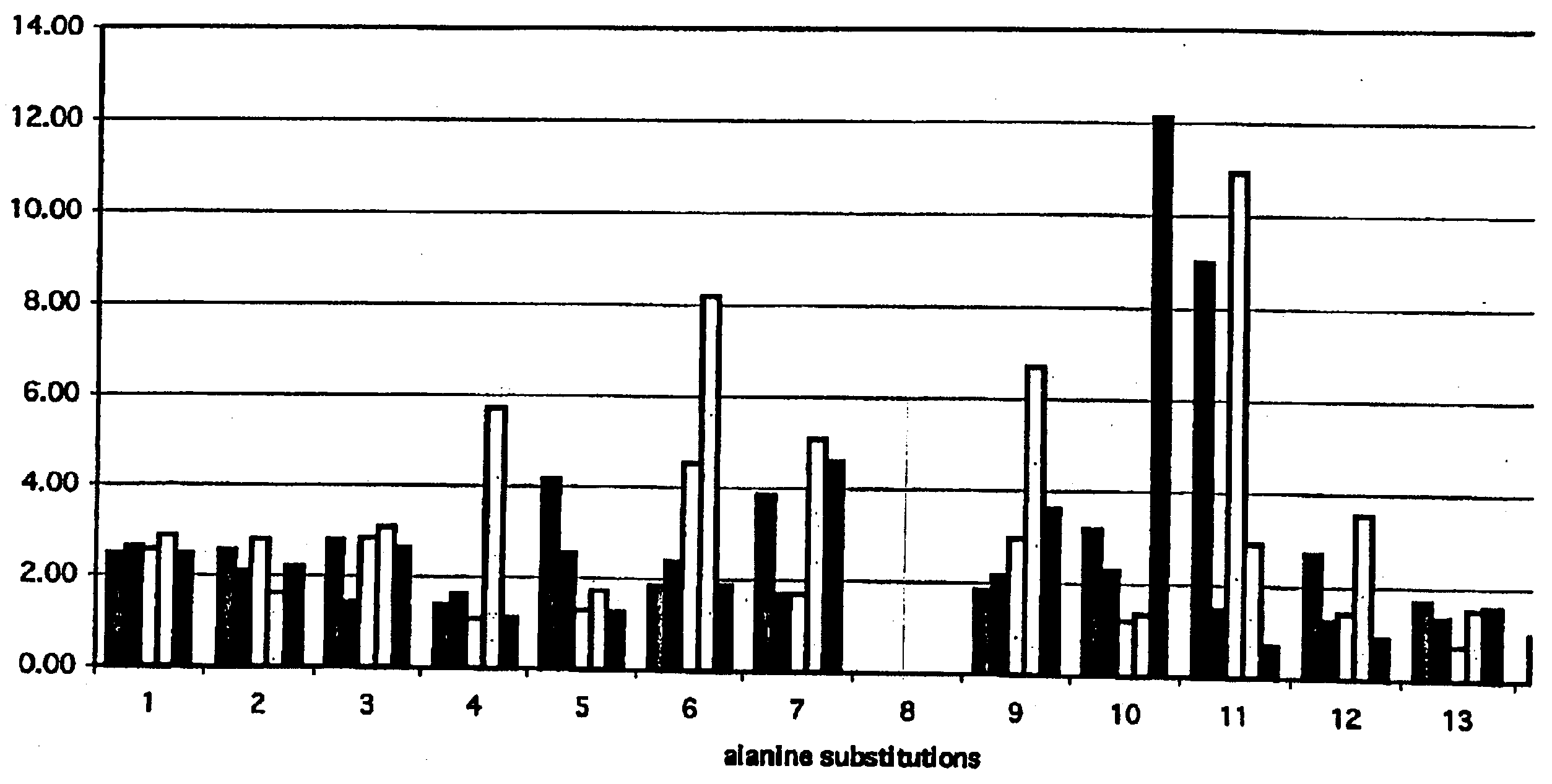Proteins producing an altered immunogenic response and methods of making and using the same
a technology of protein and immunogenic response, which is applied in the field of proteins producing an immunogenic response and making and using the same, can solve the problems of reducing the allergenicity of proteases per se, affecting the immunogenicity of antibodies, and affecting the immune system, and achieves a less immunogenic response and a greater immunogenic respons
- Summary
- Abstract
- Description
- Claims
- Application Information
AI Technical Summary
Benefits of technology
Problems solved by technology
Method used
Image
Examples
example 1
Skin Care Products
[0213]“Minors” is inclusive of: pH modifiers, preservatives, viscosity modifiers, and perfumes. Amounts represent approximate weight percent, unless otherwise indicated, and are not intended to indicate significant digits.
[0214]
MOISTURISING BODYWASHpH = 7RAW MATERIALAmountDeionised WaterQSGlycerin4.0PEG-6 Caprylic / Capric Glycerides4.0Palm Kernal Fatty acids3.0Sodium Laureth-3 Sulphate45.0 Cocamide MEA3.0Sodium Lauroamphoacetate25.0 Soyabean Oil10.0 Polyquaternium-10 (JR30M) 0.70Protease1000 ppm
[0215]
BODYWASHpH 6.5pH 7pH 8.5RAW MATERIALAmountAmountAmountDeionised waterQSQSQSSodium Laureth Sulphate12158Cocamidopropyl Betaine81015APG Glucoside (Plantacare 2000 1)021Polyquaternium-10 (JR30M)0.2500Polyquaternium-7 (Mackam 55)000.7Protease250 ppm500 ppm1000 ppm1 - Cognis
[0216]
BODY LOTIONpH 7pH 7pH 7.5pH 7RAW MATERIALAmountAmountAmountAmountDEIONISED WATERQSQSQSQSGLYCERINE881012ISOHEXADECANE3336NIACINAMIDE0356ISOPROPYL3333ISOSTEARATEPolyacrylamide, Isoparaffin,3333Lauret...
example 2
Assay for the Identification of Peptide T-Cell Epitopes Using Naïve Human T-Cells
[0219]Fresh human peripheral blood cells were collected from “naïve” humans, i.e., persons not known to be exposed to or sensitized to Bacillus lentus protease, for determination of antigenic epitopes in protease from Bacillus lentus and human subtilisin. Naïve humans is intended to mean that the individual is not known to have been exposed to or developed a reaction to protease in the past. Peripheral mononuclear blood cells (stored at room temperature, no older than 24 hours) were prepared for use as follows: Approximately 30 mls of a solution of buffy coat preparation from one unit of whole blood was brought to 50 ml with Dulbecco's phosphate buffered solution (DPBS) and split into two tubes. The samples were underlaid with 12.5 ml of room temperature lymphoprep density separation media (Nycomed density 1.077 g / ml). The tubes were centrifuged for thirty minutes at 600G. The interface of the two phase...
example 3
Testing for Reduced Allergenicity in Protease Variants by Whole Enzyme / human Cell in Vitro Proliferation Assay
Rationale:
[0232]This assay was designed to test in vitro proliferative responses by human peripheral blood mononuclear cells (PBMC) to a peptide of interest (P1, BPN′-Y217L) and its variants. P1 and the enzyme variants were inactivated by treatment with phenyl methyl sulfonyl fluoride (“PMSF”). Human PBMC were cultured with increasing doses of inactivated P1 and all the variants to be tested. The variants tested in these experiments were:[0233]LAP 1: BPN′-Y217L; i79A[0234]LAP 2: BPN′-Y217L; I79A; I122A[0235]LAP 3: BPN′-Y217L; N76D; I122A[0236]LAP 4: BPN′-Y217L; N76D; I79A; I122A[0237]LAP 5: BPN′-Y217L; N76D
[0238]Proliferation to P1 indicated that the whole molecule had been processed and presented to T cells by the antigen-presenting cells in the PBMC population. A lack of proliferation to the variants could indicate where amino acid modifications have successfully inhibited...
PUM
| Property | Measurement | Unit |
|---|---|---|
| pH | aaaaa | aaaaa |
| concentrations | aaaaa | aaaaa |
| pH | aaaaa | aaaaa |
Abstract
Description
Claims
Application Information
 Login to View More
Login to View More - R&D
- Intellectual Property
- Life Sciences
- Materials
- Tech Scout
- Unparalleled Data Quality
- Higher Quality Content
- 60% Fewer Hallucinations
Browse by: Latest US Patents, China's latest patents, Technical Efficacy Thesaurus, Application Domain, Technology Topic, Popular Technical Reports.
© 2025 PatSnap. All rights reserved.Legal|Privacy policy|Modern Slavery Act Transparency Statement|Sitemap|About US| Contact US: help@patsnap.com



